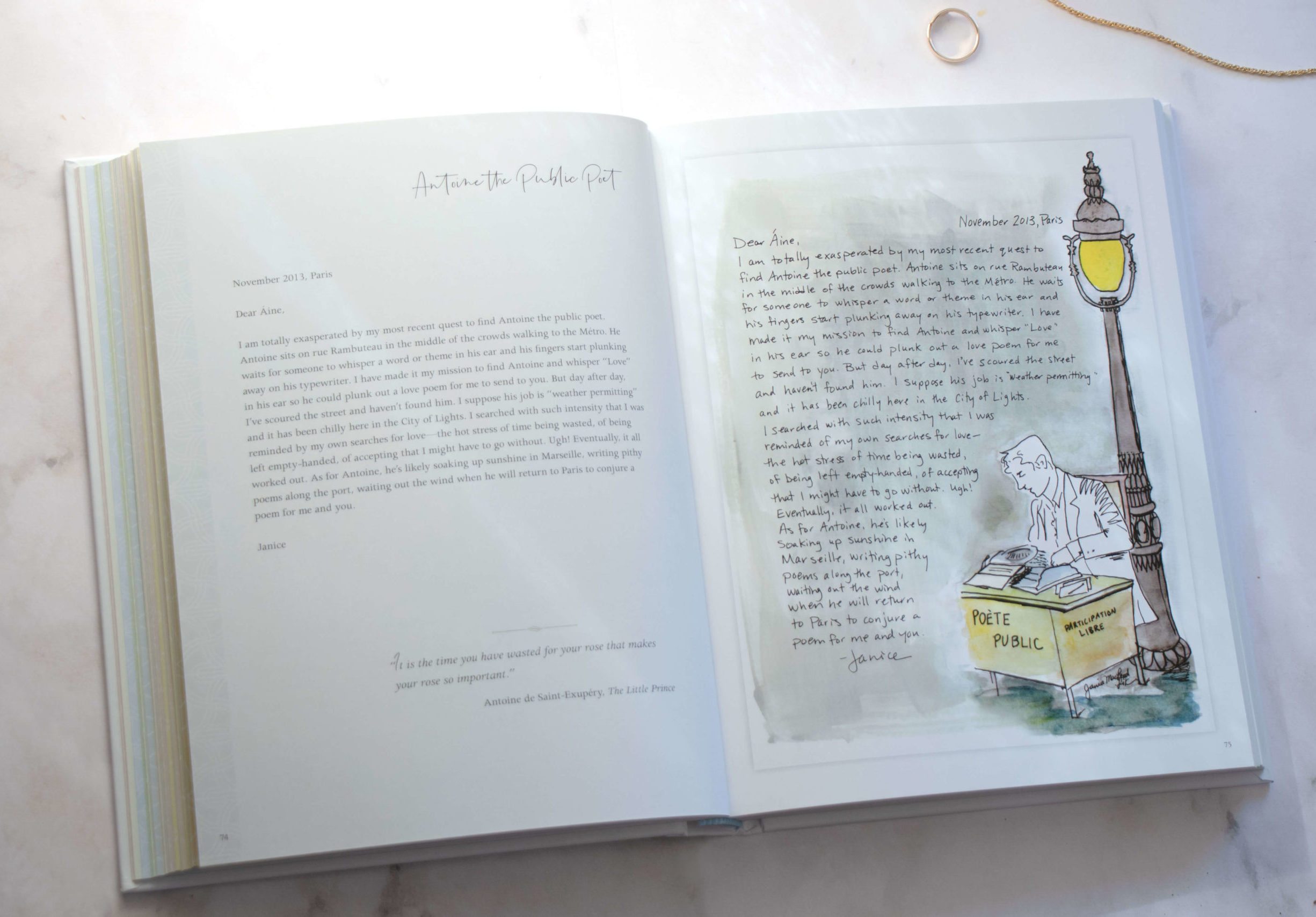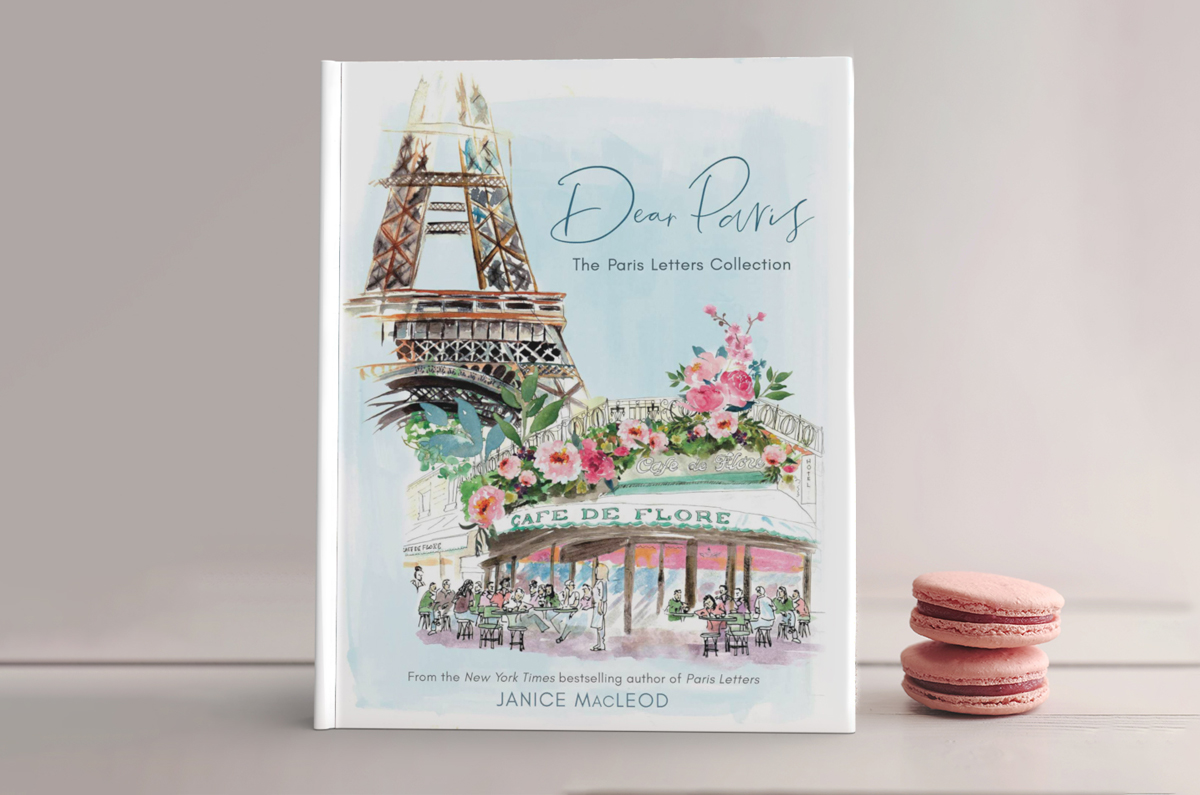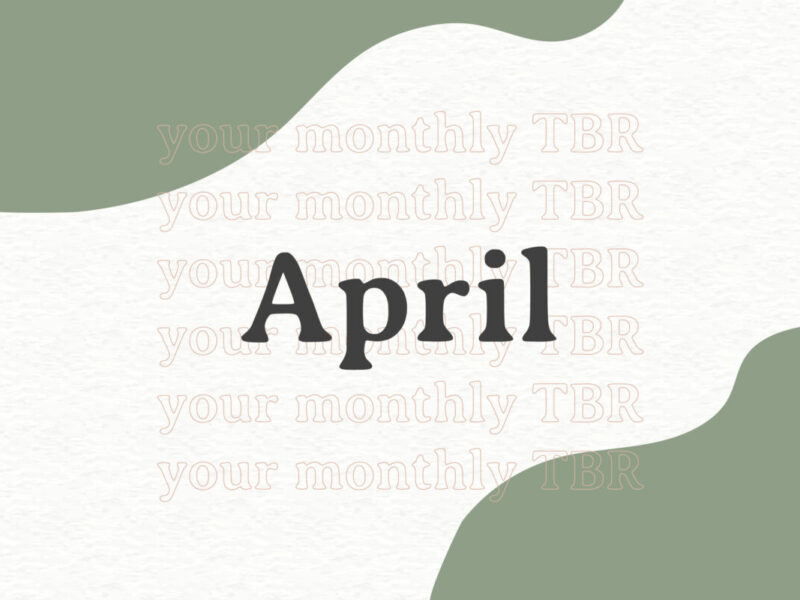6 Poetic and Literary Lines from Dear Paris by Janice MacLeod
The city of Paris is a poem in itself to many—the bustling streets and cafés and iconic tourist attractions such as the Eiffel Tower, Louvre, Arc de Triomphe, and Montmartre. Janice MacLeod, author of bestsellers Paris Letters and A Paris Year, is no stranger to the concept of Paris as a poem. Her latest book, Dear Paris: The Paris Letters Collection, chronicles daily life in Paris through a compilation of hand-painted postcards from a letter subscription service she launched to recipients from all over the world. Connecting art and poetry, these beautiful paintings pair with MacLeod’s poetic musings like 140 individual visual poems for only you to see.
Of the robust collection of postcards in Dear Paris, we’ve captured six remarkably breathtaking excerpts that read like poems and offer subtle nods to Paris’ poetic and literary history. May they inspire and delight your creative writing and thinking . . . as well as take you on a vicarious trip to one of the most beloved places in the world!
1. I have made it my mission to find Antoine and whisper “Love” in his ear so he could plunk out a love poem for me to send to you. But day after day, I’ve scoured the street and haven’t found him.

What a dream, to set up shop in one of the subway’s busiest stations and pen crowd-sourced poetry! MacLeod encounters Antoine with his typewriter and table, but when she longs to whisper “love” into his ear to obtain a poem for her friend, he’s nowhere to be found. If a stranger whispered love into your ear as a theme to instantly write a poem on, where would your writing lead you?
2. The town dried up like a leaf in autumn. Now all that’s left is a gas station and bones.
During the summer, Parisians leave in droves for vacations to elsewhere places, a tradition so ingrained in the culture, most shops and storefronts close for the season. MacLeod’s simile compares the empty city to a leaf in autumn, lacking energy and brightness, thirsty for a new season. Summer can drum up all kinds of similes for your poems—you can continue this theme with more summer poetry prompts for a collection of sun-kissed scribbles.
3. …watch the trees perform their vibrant costume change from summer to autumn. Nature’s burlesque.
Different from a simile which tells you what something in a poem is like or as, MacLeod crafts a killer metaphor, telling readers the season’s change is a colorful burlesque sequence. For a writing exercise, try taking a few similes and turning them into metaphors. For example, The town dried up like a leaf in autumn would turn into The town is a leaf in autumn. See where it takes you!
4. There is magic in traditional bookstores, too. You can feel it in the air, like a quiet excitement. And the smell of aging paper and ink is oddly pleasing. To think, some of the people sniffing around these great bookstores have been some of the greatest writers that ever lived.
Poets especially must miss physically going to a bookstore, browsing the poetry section, and plucking out titles that strike their interest. MacLeod captures the joy and magic of these pilgrimages and recognizes the long line of past writers who probably frequented the same bookstores as her, like Shakespeare & Company, and shelf-searched among the same four walls as her favorites.
5. Instead of manmade items mimicking nature, I saw the opposite. Birds looked more like brooches. Flowers were more like hair combs. A climbing rose bush became an iron balustrade. And vines that began to climb up the walls of my courtyard became the frame for this letter.
The surreal quality of this excerpt imagines living and breathing objects into the inanimate. MacLeod makes new and exciting images and associations by placing these inanimate objects in nature. Why not try this in your own poetry? Look outside your window—what do you see? Write down five objects and then imagine what they look like. Do the shutters on the neighboring house resemble large, brown, and beautiful harps or the gravel in the driveway a bag of spilled marbles? Can any of these newfound images be used in a poem to spark an unlikely visual?
6. Eventually, madness and jealousy came along, but before they did, F. Scott and Zelda sat in these cafes kissing, writing letters, piecing together story lines and poems, always believing that the happiness would never end, and inspiration could always be plucked out of thin air.
Lots of poets and literary figures have found their way to the City of Lights, including Zelda and F. Scott Fitzgerald, Ernest Hemingway, Gertrude Stein, and James Joyce. MacLeod offers a crumb of literary history as she searches for a café she can call her own and ruminates on the endless waves of brilliant ideas and romance the Fitzgeralds—and other poets and writers—grabbed from the life around them.
To see the literary and poetic magic alive in other areas of the world, check out our features on Denver and Read Poetry’s hometown of Kansas City.




